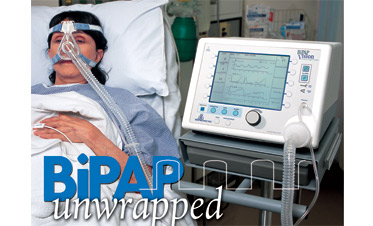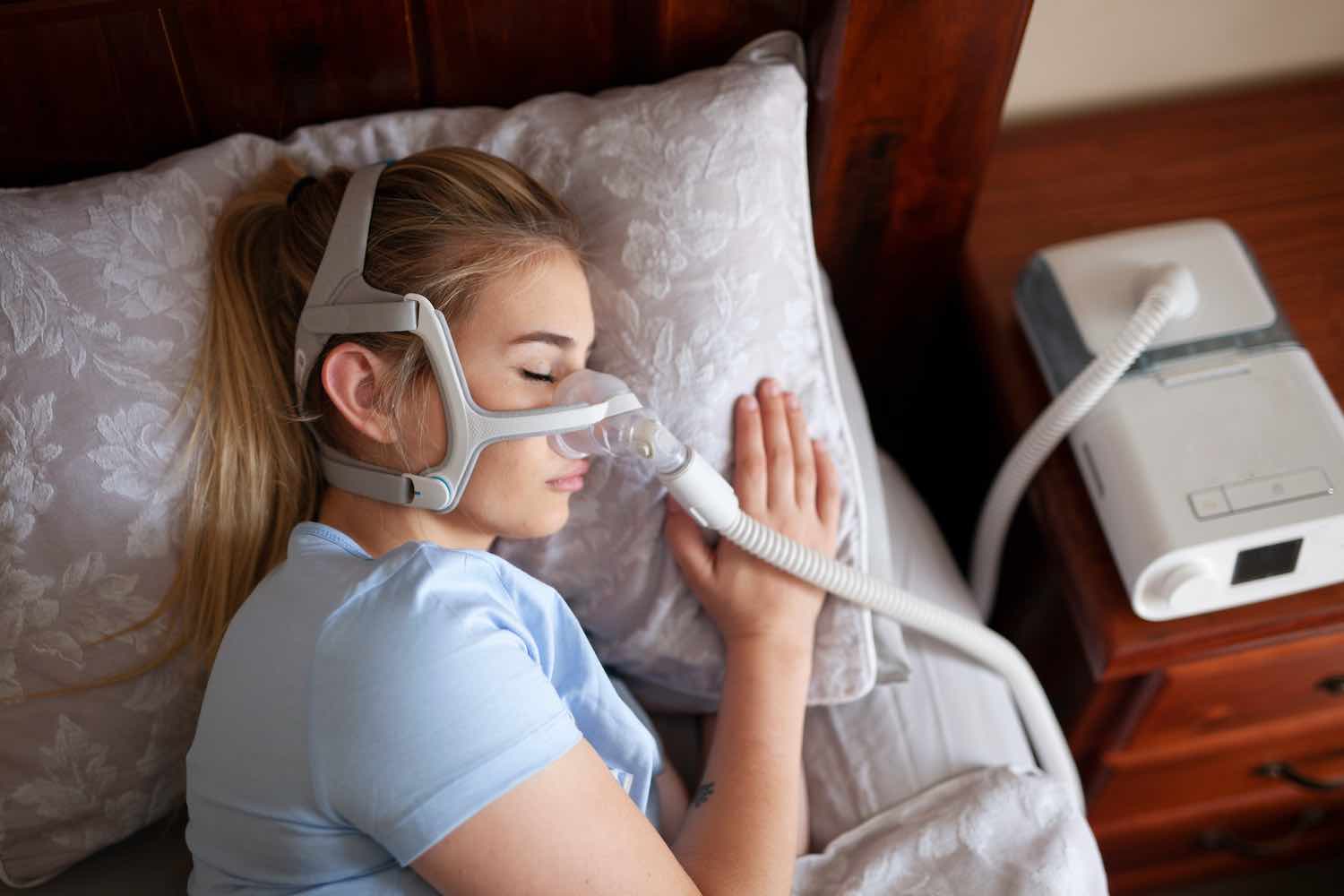Save Money with Convenient BiPAP Rental Plans
Save Money with Convenient BiPAP Rental Plans
Blog Article
Bipap vs. CPAP: Which Is the Best for Your Sleep Problem?
When navigating the complexities of rest problems, the choice between BiPAP and CPAP treatment is a crucial consideration. While CPAP offers a constant air flow appropriate for obstructive sleep apnea, BiPAP's dual stress setups may enhance comfort for those with even more complex respiratory issues.
Comprehending Sleep Disorders
Sleep problems include a series of conditions that interfere with normal rest patterns, influencing both the high quality and period of rest. These conditions can show up in various types, consisting of sleeplessness, rest apnea, narcolepsy, agitated leg disorder, and parasomnias. Each problem presents special obstacles, frequently bring about significant daytime tiredness, cognitive problems, and psychological disturbances.
Sleeping disorders is identified by trouble falling or staying asleep, while rest apnea entails duplicated interruptions in breathing during sleep, commonly leading to fragmented rest. Narcolepsy, on the other hand, is marked by extreme daytime drowsiness and abrupt rest attacks. Agitated leg syndrome creates uncomfortable experiences in the legs, prompting an uncontrollable desire to relocate them, which can additionally hinder the ability to drop off to sleep.
The effect of sleep conditions prolongs past private wellness, affecting total performance, partnerships, and lifestyle. Recognizing the details nature of each problem is essential for effective diagnosis and treatment. As sleep health and wellness ends up being progressively acknowledged as an important component of overall well-being, addressing these disorders is essential for boosting both rest high quality and everyday functioning.
How CPAP Functions
Continual Favorable Air Passage Pressure (CPAP) treatment is often utilized as a primary therapy for obstructive rest apnea (OSA) The system of CPAP involves the usage of an equipment that provides a stable stream of air through a mask put on throughout sleep. This air movement preserves positive stress in the air passage, stopping the collapse or obstruction of the throat that can take place throughout sleep.
When a person breathes in, the CPAP machine gives a constant circulation of air, making certain that the air passage stays open - BiPAP Rental. This not only reduces the symptoms of OSA, such as snoring and interfered with sleep patterns, however also lowers the connected health threats, including cardio complications and daytime exhaustion
The pressure setups on a CPAP machine can be personalized to meet private person requirements, often figured out through a rest research. Clients typically go through titration studies to locate the optimal pressure degree for their unique problem. Normal follow-up and adjustments may be essential to guarantee efficiency and convenience. In general, CPAP treatment has actually been shown to substantially boost the high quality of rest and overall health and wellness for people dealing with obstructive sleep apnea.
Just How BiPAP Functions
BiPAP, or Bilevel Favorable Respiratory Tract Pressure, is a specialized form of non-invasive air flow that is especially useful for people with problems such as intricate rest apnea or breathing disorders. Unlike CPAP, which supplies a continual stream of air at a single pressure, BiPAP supplies two distinct stress setups: a higher inspiratory stress for inhalation and a reduced expiratory pressure for exhalation. This dual-pressure strategy allows for less complicated breathing, reducing the effort required throughout exhalation.
The gadget runs via a mask fitted over the nose or mouth, attached to a maker that creates air stress. When the patient inhales, the equipment delivers the higher pressure to assist with air movement, ensuring that the respiratory tract continues to be open. Upon exhalation, the machine instantly lowers the stress, making it a lot more comfortable for the client to breathe out.

Trick Differences In Between BiPAP and CPAP

In comparison, her comment is here BiPAP (Bilevel Positive Respiratory tract Pressure) supplies two different pressure settings: one for breathing and a lower one for exhalation. This twin pressure system allows for even more comfortable breathing, especially for individuals that battle with exhaling against a constant stress. BiPAP is usually advised for individuals with complex rest apnea, persistent obstructive lung disease (COPD), or those who require extra assistance during sleep.
Moreover, the intricacy of BiPAP tools generally leads to a higher cost and calls for much more mindful titration than CPAP. BiPAP Rental. Comprehending these crucial differences can aid in acknowledging which gadget may be a lot more suitable for details sleep problems, setting the groundwork for enlightened therapy decisions
Choosing the Right Treatment
Exactly how can one establish the most ideal therapy for managing rest disorders? The decision between BiPAP and CPAP therapy largely rests on the specific attributes of the sleep disorder, the individual's general health, and their comfort with the gadget. CPAP, which provides a continual stream of air, is commonly prescribed for obstructive sleep apnea (OSA) It preserves an open airway during sleep, properly avoiding hypopneas and apneas.
Alternatively, BiPAP supplies two levels of pressure: one for inhalation and a lower one for exhalation. This double stress system is helpful for people with intricate rest apnea or those who experience difficulty breathing out against a constant pressure. Additionally, BiPAP is frequently recommended for individuals with breathing problems, such as persistent obstructive pulmonary condition (COPD), where differing stress settings can enhance convenience and conformity.
Eventually, a thorough examination by a rest professional, including a sleep research study, can assist establish which therapy lines up best with the client's needs. Variables such as convenience, convenience of use, and specific clinical conditions must additionally be thought about to enhance therapy outcomes.
Final Thought
In summary, both BiPAP and CPAP offer distinctive functions in the administration of sleep disorders. CPAP works for obstructive sleep apnea through consistent airflow, while BiPAP offers dual pressure setups that boost comfort for those with complex sleep apnea or respiratory problems. The choice between these therapies should be directed by individual needs and conditions, necessitating a comprehensive assessment by a sleep specialist to ensure optimal therapy end results and boosted high quality of sleep.

In general, CPAP treatment has actually been revealed to dramatically improve the high quality of rest and total health for individuals suffering from obstructive sleep apnea.
BiPAP is commonly advised for patients with complex sleep apnea, chronic obstructive pulmonary illness (COPD), or those that call for added assistance throughout rest.
CPAP is reliable for obstructive rest apnea via consistent airflow, while BiPAP provides dual stress setups that improve convenience for those with complex sleep apnea or breathing problems.
Report this page